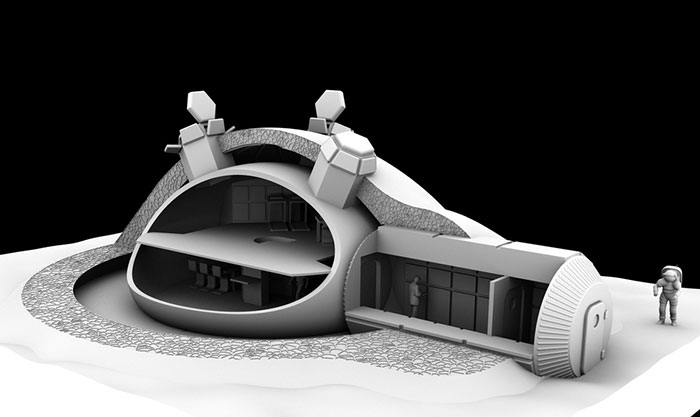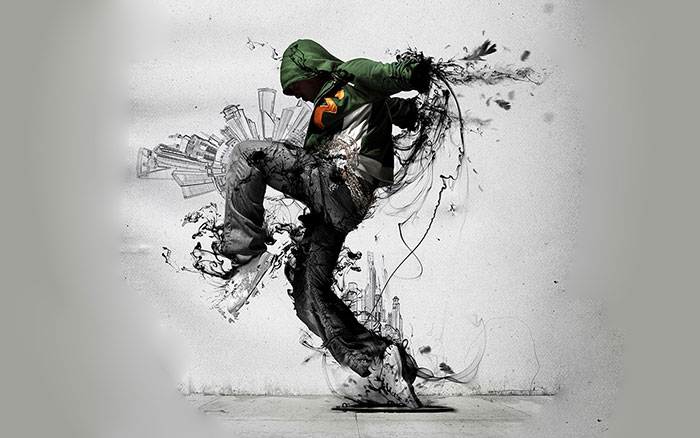3D Printing in 2015 – What to Expect?
With 2015 at our doorstep, let’s take a minute to take a broad look at the 3d printing industry. The industry has had a volatile year with breakthroughs, setbacks and doubts. Many of us expected that early adopters would have bought a 3d printer, but it seems there are still some obstacles to overcome before additive manufacturing becomes a common in-house possibility. Just like the mobile phone needed a few decades to shrink to a size that consumers started buying, the 3d printer is evolving this very decade. What does the consumer expect from the machine, and does it really offer substantial value?
Materials
Although plastics are highly versatile building materials, sometimes they are not the preferred construction material. This year, we saw 3d printing making its entrance into the fashion industry, which made the public aware of the fact that the printing industry is still in its infancy. Plastic dresses and shoes? Who would want to wear that? New businesses are popping up every day now to tackle such problems, such as Electroloom, a company that is developing the 3 printing of textile fabrics.
3d printers that can produce sturdier materials like metal, ceramics and porcelain have also become available, be it at a price. Shapeways offers a wide range of materials to be 3d printed in your desired shape. You have probably also heard about the 3d printed hamburger and even human organs! If you want to read more, see this article on 3d printing materials.
Looking back at the way the 3d printing industry has evolved in the past year, I don’t believe it is going to be the building materials that are going to be 3d printing’s “Achilles’ heel”. So lets look further and see what we can find.
Usability
The creation of a design which you can feed into your 3d printer is also becoming simpler by the month. At first, advanced knowledge of designing programs was required to come up with the initial design. These designs are being shared through websites like Thingiverse so that people who lack the computer skills can nevertheless enjoy the benefits of the 3d printer. Soon, the internet will host a broad range of designs for practical products that anyone can download and print in their homes.
In the meanwhile, those that want to use the 3d printer to bring their own creations to life are also seeing design software become more user-friendly. Adobe has added a feature to Photoshop that will allow people to get acquainted with 3d designing. Other companies are surely trying to take a piece of the pie.
So whether or not you want to make a design of your own or just upload someone else’s, you can expect it to become easier in the near future. The ultimate 3d printing user-experience? One points his/her smartphone at an object, scans it in the process and sends it to the printer via wifi. The technology lies at our doorstep.

Other obstacles
With these evolutions to the 3d printer the machine is becoming a more practical device as time passes by, so what other factors are at play? Is it the price versus practical value that has to reach a certain point for the general public to become interested? Do people need more sales guidance, as if they were buying an electric car? Or is it just a lack of imagination from ‘the average consumer’? These questions are what 3d printing companies all over the globe are focused on, so I expect nothing less but for 2015 to bring some answers. What will turn out to be the missing link?


